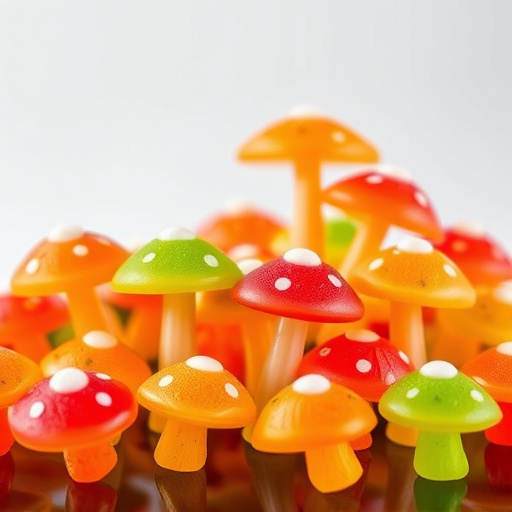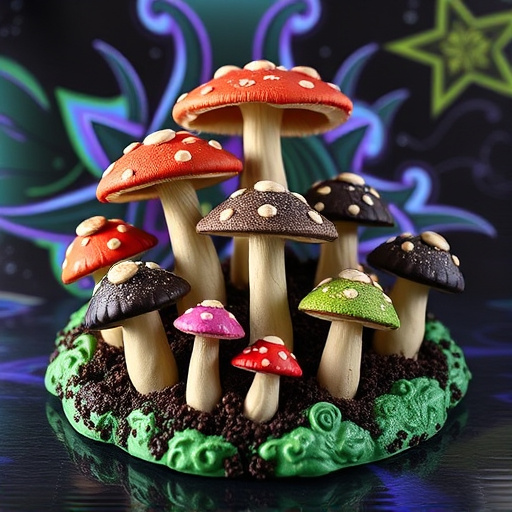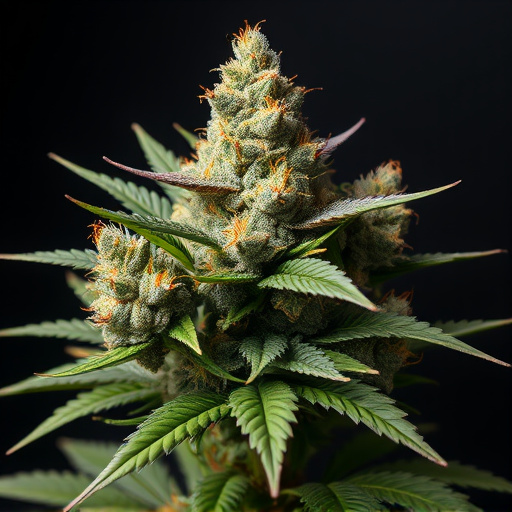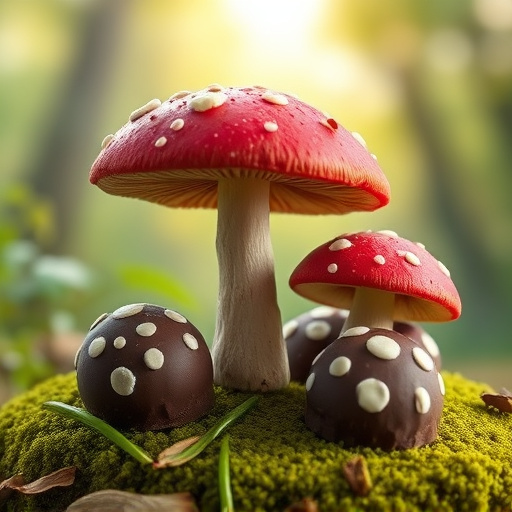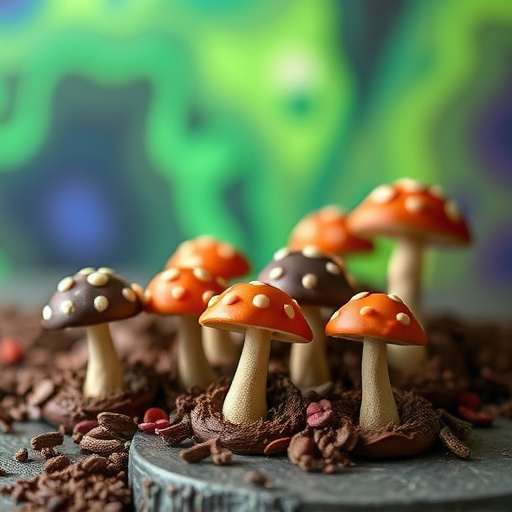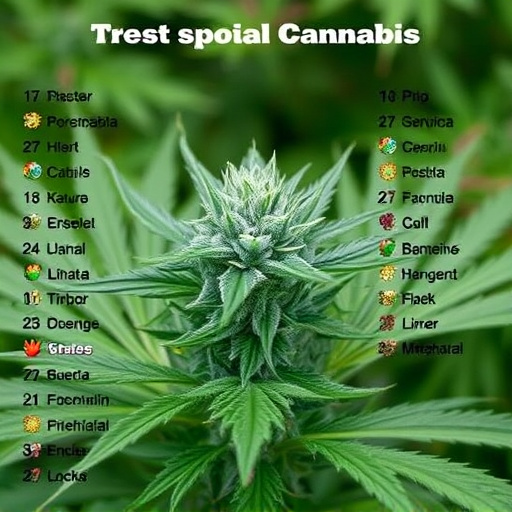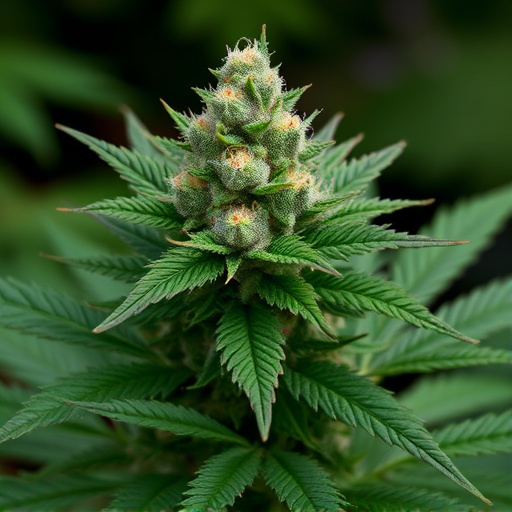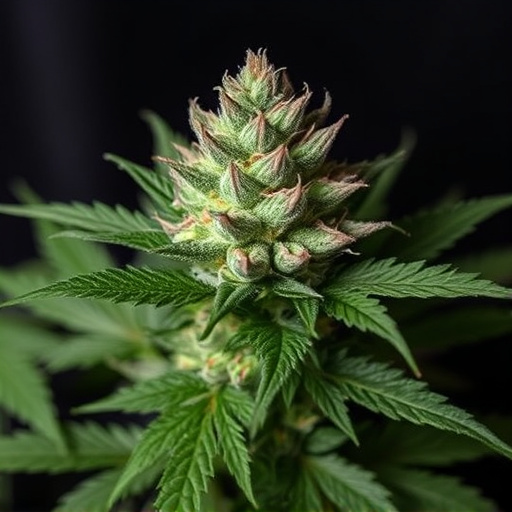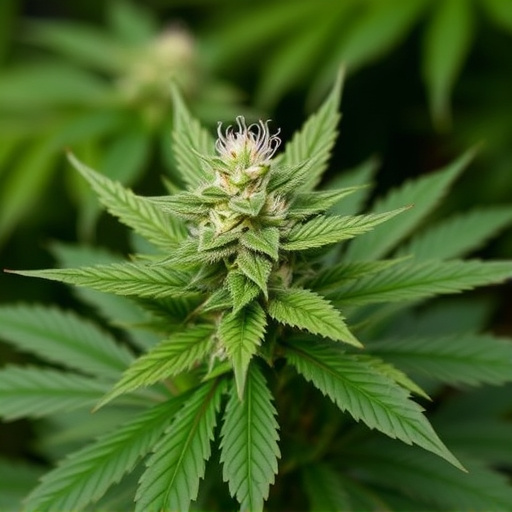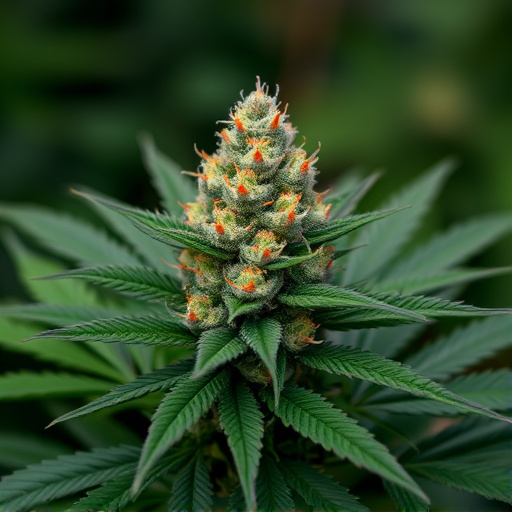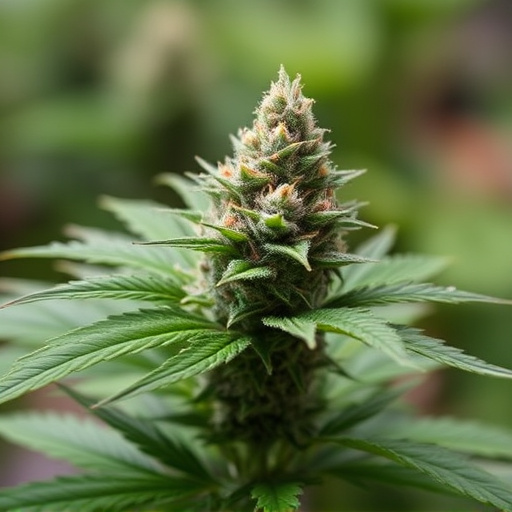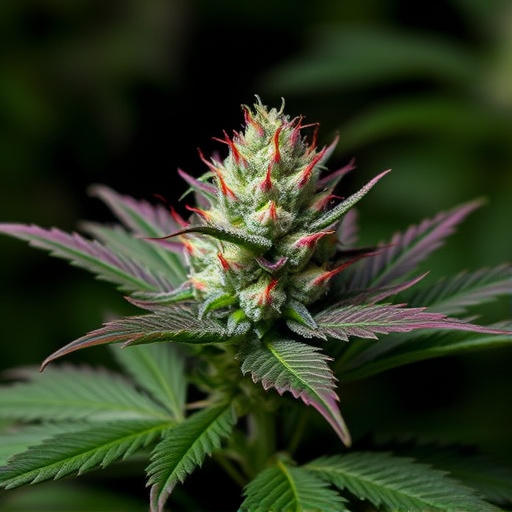Cannabis plants exhibit striking colors like purple, red, and blue due to pigments like anthocyanins, influenced by genetics and environment. Decoding these genetics is key for cultivators aiming to produce top-quality best cannabis strains for pain relief through targeted breeding and controls. Color variations correspond to distinct chemical profiles with specific therapeutic benefits; e.g., purple strains are known for high anthocyanin levels and potential anti-inflammatory properties. Understanding genetic makeup allows for consistent production of high-quality, visually striking best cannabis strains for pain catering to diverse consumer preferences in the market.
Unravel the mysterious allure of purple, red, and blue weed—more than just vibrant hues, these colors offer unique therapeutic benefits. This article dives into the science behind cannabis pigmentation, exploring how genetic factors influence strain composition for desired colors. We uncover popular best cannabis strains for pain known for their striking visual appeal and potent pain-relieving properties, providing a fascinating glimpse into the world of colored cannabis.
- Understanding Cannabis Pigmentation: The Science Behind Purple, Red, and Blue Hues
- Genetic Factors: Decoding the Strain Composition for Desired Colors
- Exploring Popular Cannabis Strains Known for Their Unique Colorations and Pain-Relieving Properties
Understanding Cannabis Pigmentation: The Science Behind Purple, Red, and Blue Hues
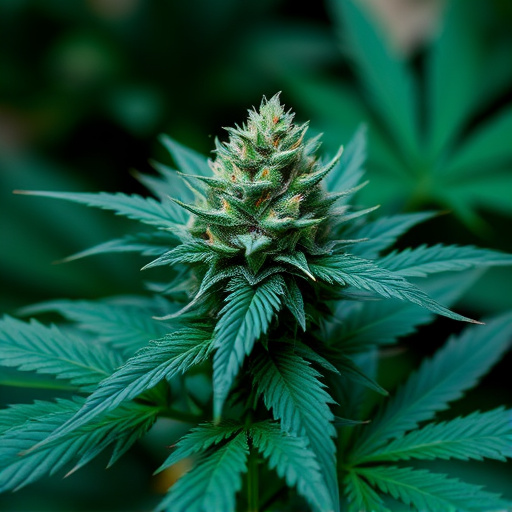
Cannabis plants exhibit a wide range of colors, with purple, red, and blue hues being particularly intriguing. Understanding the science behind these pigmentation variations offers insights into the unique characteristics of different cannabis strains. The colors are largely determined by specific pigments present in the plant, primarily anthocyanins, which are responsible for the red and blue shades. In cannabis, these anthocyanins can be influenced by various factors such as genetic predisposition, environmental conditions, and developmental stages.
For instance, certain cannabis strains naturally produce higher levels of anthocyanin-rich trichomes, leading to more vibrant purple or blue tones. Environmental cues like sunlight exposure and temperature also play a role. Cooler temperatures and limited light can trigger the plant to produce more anthocyanins, resulting in darker pigments. This knowledge is valuable for cultivators aiming to create best cannabis strains for pain relief, as specific breeding techniques and environmental controls can be employed to enhance desired pigmentations, potentially offering visually appealing and potent varieties.
Genetic Factors: Decoding the Strain Composition for Desired Colors
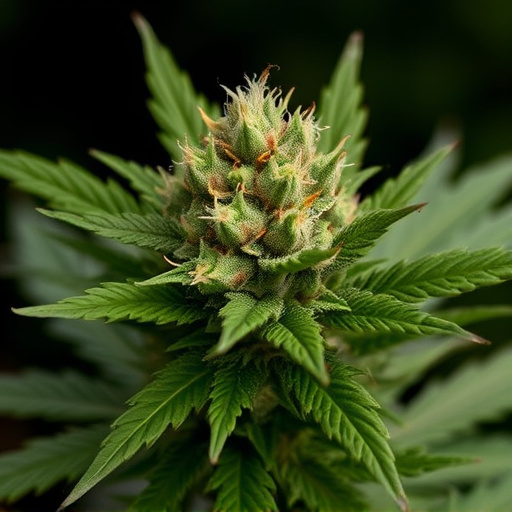
Genetic factors play a significant role in determining the unique colors associated with cannabis plants, including purple, red, and blue hues. Decoding the genetic composition of these strains is essential for cultivators aiming to produce specific best cannabis strains for pain relief or other desired effects. Each color variation often corresponds to distinct chemical profiles, influenced by various compounds like anthocyanins, flavonoids, and terpenes. For instance, purple strains are renowned for their high levels of anthocyanin pigments, contributing to not only their vibrant appearance but also potential anti-inflammatory properties sought after by many users.
Understanding the genetic makeup allows cultivators to carefully breed and select plants with specific color characteristics. By studying the strain composition, they can create hybrids or develop new varieties that offer a range of benefits, including potent pain relief, relaxation, or other therapeutic effects. This scientific approach ensures the consistent production of high-quality cannabis with desirable colors and chemical profiles, catering to diverse consumer preferences in the market for best cannabis strains.
Exploring Popular Cannabis Strains Known for Their Unique Colorations and Pain-Relieving Properties
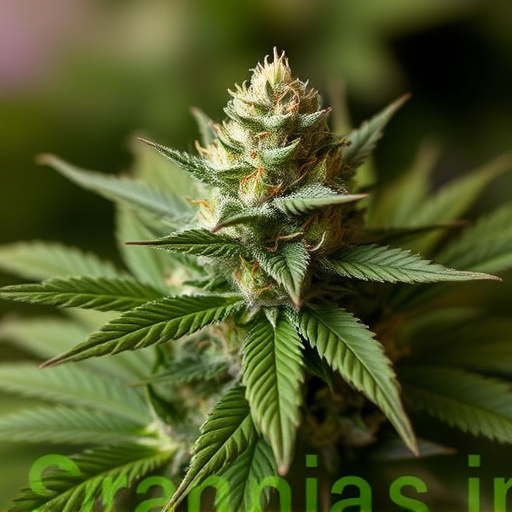
When exploring the world of cannabis, one can’t help but be captivated by the diverse range of colors and unique attributes that different strains offer. Among the many intriguing aspects is the phenomenon of cannabis flowers displaying vibrant hues of purple, red, and blue—a sight that has fascinated both casual and medical users alike. These striking color variations are not just aesthetically pleasing; they often correspond to specific chemical profiles and therapeutic benefits.
Several popular cannabis strains have gained fame for their exceptional pain-relieving properties and distinctive coloration. For instance, Purple Haze stands out with its rich purple hues, offering a potent combination of indica and sativa effects. This strain is renowned for its ability to alleviate stress, anxiety, and chronic pain while providing a euphoric experience. Similarly, Red Dragon, known for its intense red shades, has a high concentration of CBD (cannabidiol), making it a popular choice for those seeking relief from pain without the psychoactive effects of THC (tetrahydrocannabinol). These examples highlight how cannabis strains’ unique colorations can be indicative of their medicinal potential, providing users with a visually appealing and effective treatment option.
In understanding what causes purple, red, and blue weed, we’ve explored the science behind cannabis pigmentation and the genetic factors that contribute to these desired colors. Decoding strain compositions allows cultivators to select the best cannabis strains for pain relief, known for their unique colorations and therapeutic properties. Whether seeking a vibrant purple or a calming blue, recognizing these nuances enriches both the cultivation and enjoyment of this remarkable plant.
